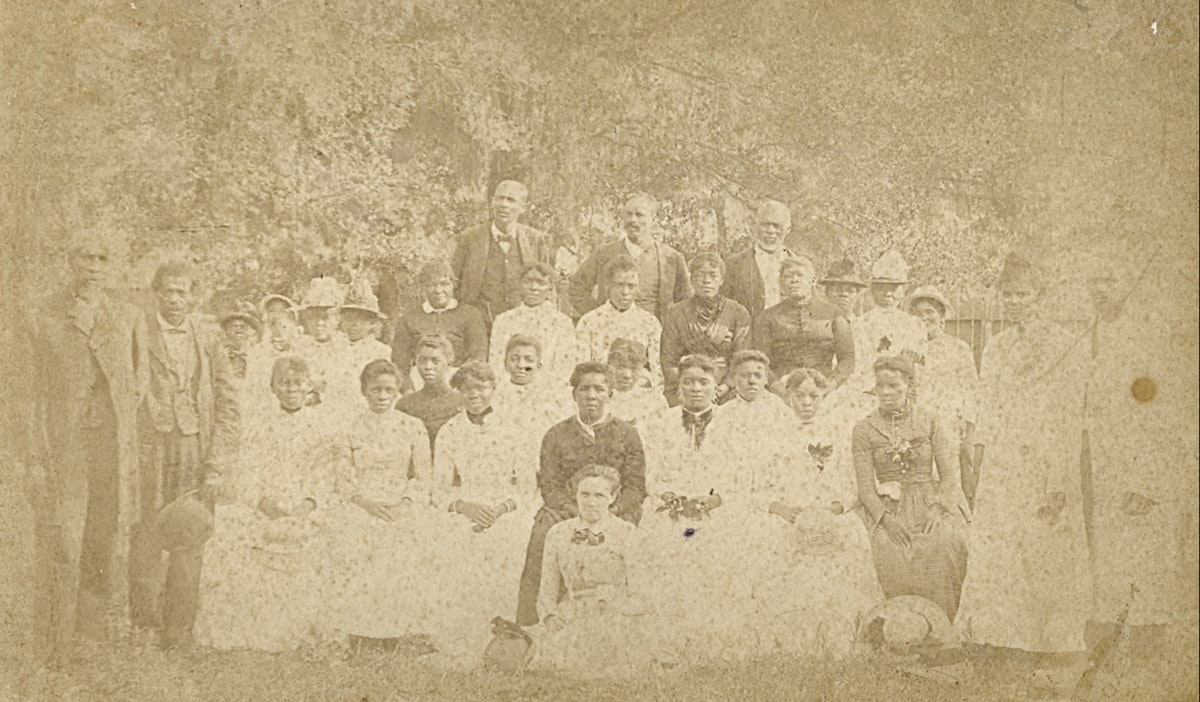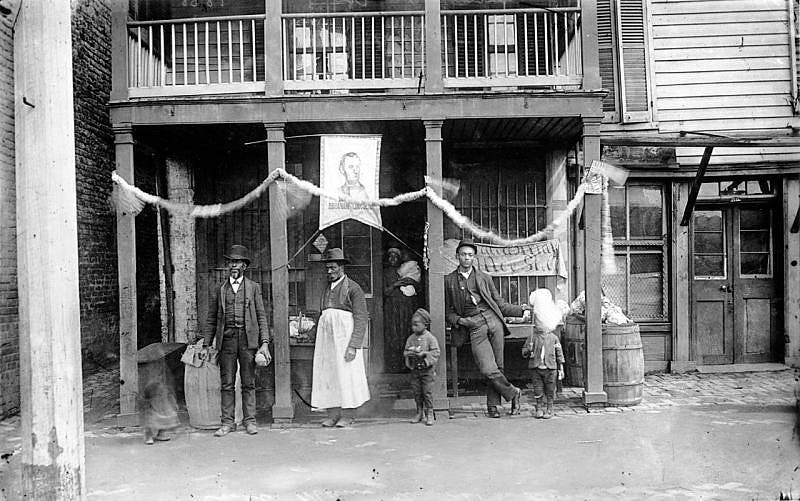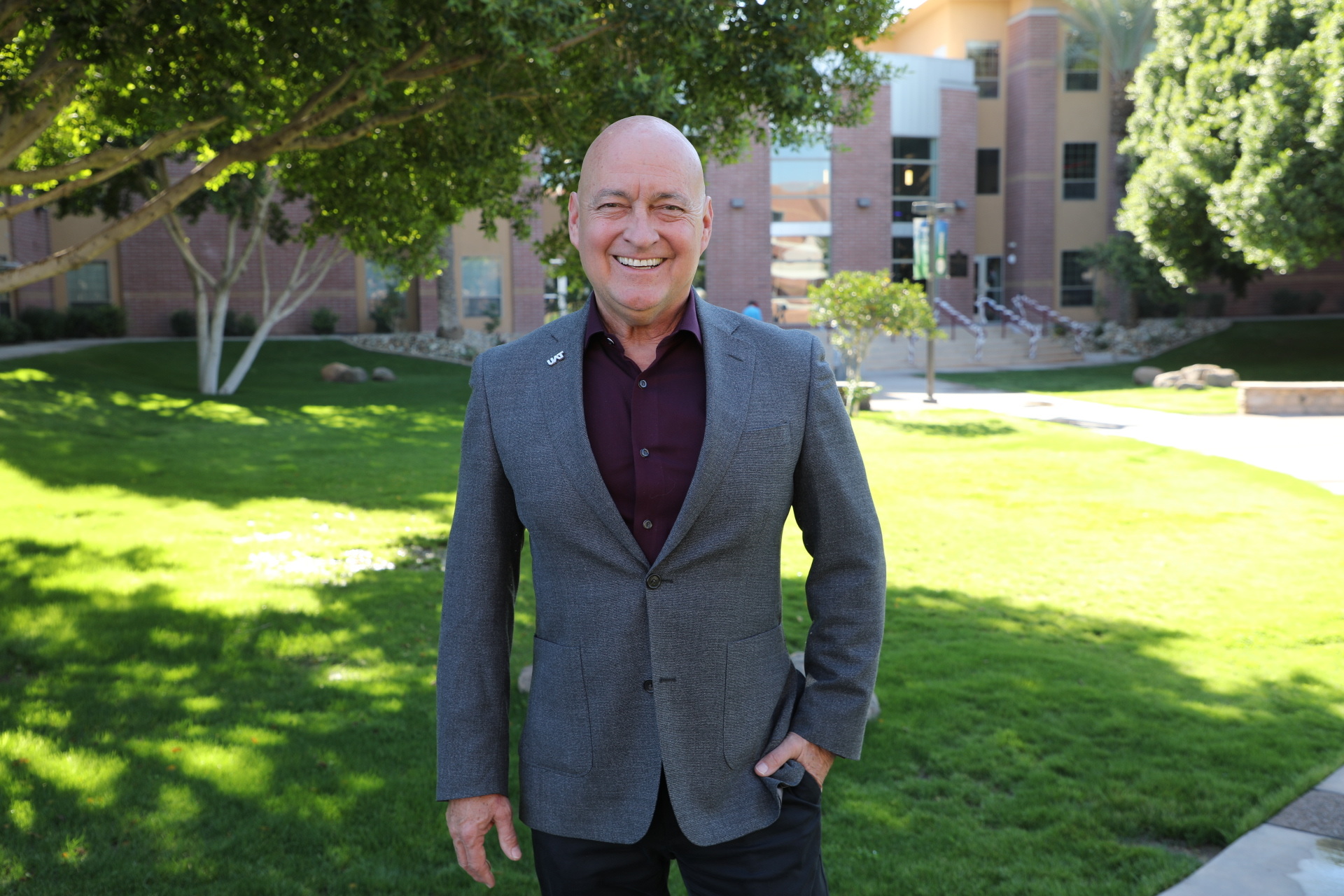Juneteenth commemorates a crucial moment in the long and furious struggle to abolish slavery in the United States. On June 19, 1865, Union Major General Gordon Granger issued General Orders, Number 3, effectively freeing hundreds of thousands of enslaved people in Texas. Rather than being one of the first acts of emancipation during the war, Granger’s order was one of the last. Indeed, by June 1865, the Civil War was essentially over in the eastern theater. Robert E. Lee and the Army of Northern Virginia formally surrendered to Ulysses S. Grant at Appomattox on April 9, soon followed by Joseph E. Johnston’s surrender to General Sherman on April 26. Texas was a different story, however. Compared with the rest of the Confederacy, Texas had suffered significantly less destruction, witnessing fewer major battles throughout the war. As a result, many enslavers had fled to Texas to escape Union forces, making it one of the last holdouts of the largely defeated Confederacy. By the time Granger issued General Orders, Number 3, approximately 250,000 enslaved people remained in bondage in Texas when the order was delivered:
“The people of Texas are informed that, in accordance with a proclamation from the Executive of the United States, all slaves are free. This involves an absolute equality of personal rights and rights of property between former masters and slaves, and the connection heretofore existing between them becomes that between employer and hired labor. The freedmen are advised to remain quietly at their present homes and work for wages. They are informed that they will not be allowed to collect at military posts and that they will not be supported in idleness either there or elsewhere.”
The issuance of this order was a tremendous victory for the centuries-long struggle of anti-slavery, but it would have never happened without the extraordinary courage of formerly enslaved men and women. During the two and a half years leading up to Granger’s order, hundreds of thousands of enslaved people saw a chance to achieve freedom like never before—and took it. When Lincoln issued the Emancipation Proclamation on January 1, 1863, the order declared that “all persons held as slaves” within Confederate territory “are, and henceforward shall be free.” The impact of this proclamation is difficult to overstate. While Lincoln technically held no executive power over the states in rebellion, his decisive order meant that enslaved people living in the Confederacy had a path to freedom—by escaping to Union lines. Amazingly, about 500,000 people did. Moreover, this decisive turning point in the war granted another radical opportunity: former slaves could take up arms for the Union and join the fight against the Confederacy. Ultimately, no fewer than 100,000 formerly enslaved people joined the Union ranks, risking their lives so that future generations would not have to experience the dehumanizing brutalities of slavery. Former slaves, for the first time in American history, could legally take up arms against those who wanted to keep them in bondage. Their incalculable contributions to fighting slavery and joining the Union war effort made Granger’s orders and June 19th celebrations today possible.

Group on Emancipation Day, circa 1880s, in Houston's Emancipation Park. — Source
By celebrating Juneteenth and commemorating the anti-slavery struggle, we have the opportunity to acknowledge and learn from this powerfully instructive history. While formerly enslaved people spent the ensuing decades tracking down loved ones and family members who had been sold and separated during slavery, they also spent it fighting for education, voting rights, and economic opportunities. They helped to establish a number of Historically Black Colleges and Universities (HBCUs), fought for the passage of the 14th and 15th Amendments, and continued to develop cultural expressions that have revolutionized music, literature, and art around the world. This original Juneteenth generation also went on to fight against domestic terrorism, lynching, horribly oppressive black codes, incarceration, and Jim Crow laws. In other words, the struggle for freedom was actually only beginning. The same individuals that celebrated the first Juneteenth teach us that freedom is not an isolated triumph or a legal status we achieve one day, but a continual struggle to ensure that all Americans, regardless of the systems of oppression they are born into, have access to the same freedoms and rights— freedom to an education, economic independence, cultural and religious expression, and the freedom to vote and hold office without facing violence or political obstructionism. Today, we still need to listen to their wisdom.

Group posing in front of a shop at E. Main Street near 21st Street in Richmond, Virginia on Juneteenth, ca. 1900 — Source
(Header image: Detail from a photograph of celebrations in Richmond, Virginia, ca. 1905 — Source)





Comment